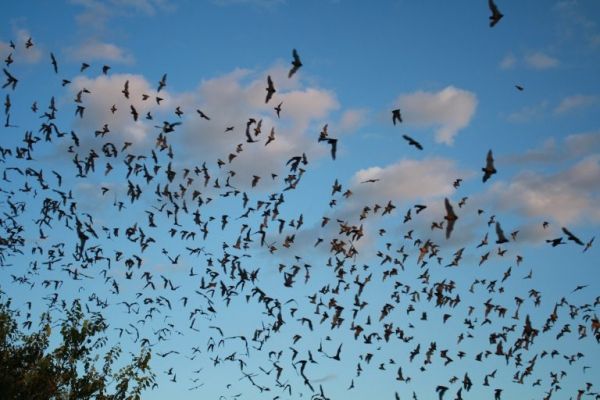The Ecological Society of America (ESA) announces the publication of a new report, “Impacts to Wildlife of Wind Energy Siting and Operation in the United States,” in ESA’s Issues in Ecology publication.
An increase in the generation of wind energy is a key component of the U.S. strategy to reduce carbon emissions from the power sector. Approximately 97 gigawatts of wind energy production capacity are currently installed in the U.S., and in 2018, wind energy supplied about 6.5% of the nation’s electricity. Scenarios developed by various groups, including U.S. Department of Energy, indicate that a four- to five-fold expansion over current levels of electricity produced by wind is needed by the year 2050 to help meet U.S. carbon emission reduction goals.
The report examines wind-wildlife interactions and places them within the larger context of climate change challenges, citing the need to balance wildlife conservation with the urgent need for rapid and deep cuts in greenhouse gas emissions. It summarizes what is known about wind energy impacts on sensitive wildlife and on where these species live, and it identifies areas where further research is needed.
Read more at Ecological Society of America
Photo: Mexican free-tailed bats exit Bracken Bat Cave in Texas. The new report highlights the need for more research on wind energy impacts on bat populations and sensitive bird species. Photo courtesy of USFWS.


